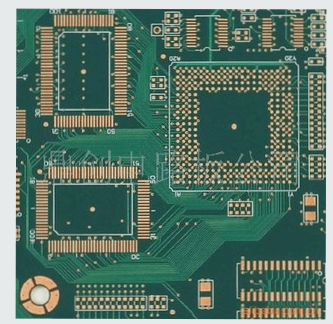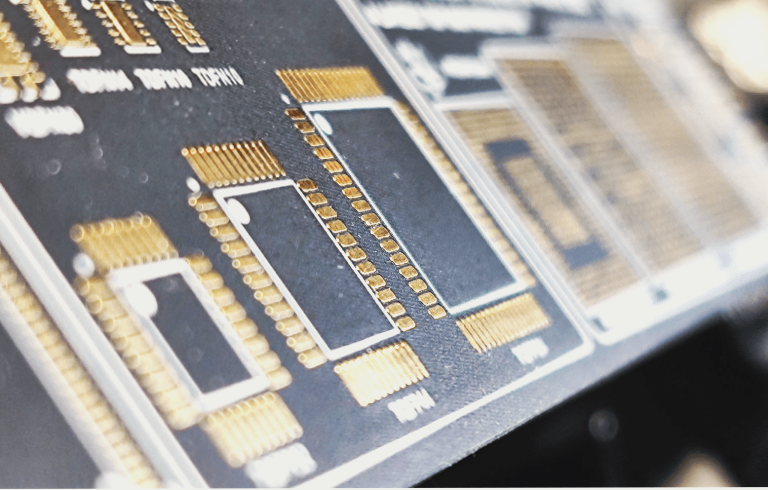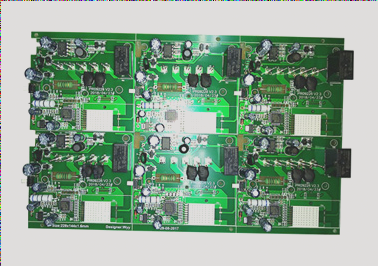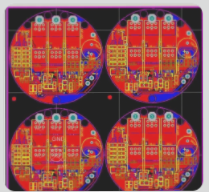PCB Circuit Board Copper Issues and Substrate Classification
When working on PCB prototyping, it’s crucial to address various process defects that can occur. One common issue is poor adhesion of copper traces to the PCB, known as “copper lifting” or “copper shaking,” which can significantly impact product quality. Understanding the causes of copper problems on PCB circuit boards is essential:
1: Process Factors in PCB Manufacturing
- Excessive copper foil etching: The industry-standard electrolytic copper foil used in PCB manufacturing can be single-sided galvanically plated (referred to as “gray foil”) or single-sided copper-plated (known as “red foil”). Different types of copper foils have varying thicknesses, such as 70μm galvanized copper foil, red foil, and 18μm gray foil.
- Localized process collisions: Sometimes, copper traces can detach from the substrate due to external forces, often caused by poor alignment or directional control. This detachment can lead to noticeable deformation in the traces, following the direction of scratch or impact marks. The peeling of the copper foil is more pronounced in these areas.
2: Reasons for Laminate Processing
During the lamination process, contamination of the prepreg or damage to the copper foil can compromise the adhesion between the copper foil and the substrate, leading to issues like misalignment or sporadic copper trace detachment.
3: Reasons for Laminate Raw Materials
- Issues with standard electrolytic copper foils: Anomalies during foil production, such as irregular galvanization or poor coating quality, can result in inadequate peel strength of the copper foil, leading to detachment of copper traces.
- Poor compatibility between copper foil and resin: Incompatible resin systems can cause insufficient peel strength of the copper foil, resulting in copper trace detachment during component insertion.
Understanding the importance of substrate materials in PCB manufacturing is crucial. A typical PCB substrate comprises resin, reinforcing materials, and conductive materials, with copper foil being the most common conductive material used.
Classification of PCB Substrate Materials
PCB substrate materials can be classified based on different techniques of reinforcing materials:
- Paper-based substrates (FR-1, FR-2, FR-3).
- Epoxy-glass fiber cloth substrates (FR-4, FR-5).
- Composite substrates (CEM-1, CEM-3 – composite epoxy materials, Grade 3).
- HDI (High Density Interconnection) boards (RCC).
- Special substrates (metal substrates, ceramic substrates, thermoplastic substrates, etc.).
Based on Flame Retardancy
- Flame-retardant (UL94-V0, UL94-V1).
Types of PCB Materials
- Non-flame-retardant (UL94-HB grade)
Based on Resin Types:
- Phenolic resin boards
- Epoxy resin boards
- Polyester resin boards
- BT resin boards
- PI resin boards




